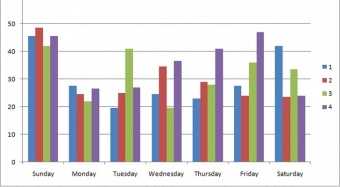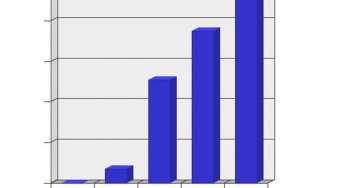The Bank of Israel Monetary Committee has kept the benchmark interest rate for February unchanged at 0.1%.
The decision to keep the interest rate for March 2016 unchanged at 0.1 percent is consistent with the Bank of Israel's monetary policy, which is intended to return the inflation rate to within the price stability target of 1–3 percent a year, and to support growth while maintaining financial stability.
In view of developments in the inflation environment, in growth in Israel and in the global economy, in the exchange rate, as well as in monetary policies of major central banks, the Monetary Committee’s assessment is that monetary policy will remain accommodative for a considerable time.
The following are the main considerations underlying the decision: s expected, the inflation environment remained low this month as well, against the background of price reductions initiated by the government and low energy prices. Inflation expectations up to three years forward, which are slightly below the lower bound of the target range, are influenced by the current low level of inflation and by measures to reduce prices in the economy.
Medium- and long-term expectations are anchored within the target range. Further initiated price reductions are expected to be reflected in the next few CPI readings as well. In contrast, wage increases in the economy are expected to support a return of the inflation rate to within the target range.
The indicators of real economic activity that became available this month point to a growth rate similar to that of previous years, and to some acceleration of growth in the fourth quarter of 2015. According to the first estimate of National Accounts data, GDP grew by 3.3% in the fourth quarter, with an increase in all uses except for current consumption.
Initial indicators for the first quarter of 2016 point to a mixed picture. The effect of the security situation on economic activity remains moderate, and is reflected mainly in tourism. The picture conveyed by labor market data remains positive, and is reflected in a high level of employment with a continued increase in wages, despite some moderation in the job vacancy rate. T
his month, the trend of moderation in global economic activity continued, in particular a slowdown in developing economies and in world trade, and with a further worsening of financial conditions against the background of concern over the stability of banks, particularly in Europe. The markets ascribe a low probability to an additional interest rate increase in the US this year, and a number of central banks have enhanced monetary accommodation.
The nominal effective exchange rate has been relatively stable in recent months. From the monetary policy discussion on January 24, 2016, through February 19, 2016, the shekel strengthened by about 1.5 percent against the US dollar and by 0.3 percent in terms of the nominal effective exchange rate. Over the past 12 months there has been an appreciation of 2.8 percent in terms of the nominal effective exchange rate, and its level continues to weigh on growth of exports and the tradable sector.
The Monetary Committee is of the opinion that the risks to achieving the inflation target and to growth remain high. The Bank of Israel will continue to monitor developments in the Israeli and global economies and in financial markets.
The Bank will use the tools available to it and will examine the need to use various tools to achieve its objectives of price stability, the encouragement of employment and growth, and support for the stability of the financial system, and in this regard will continue to keep a close watch on developments in the asset markets, including the housing market.






